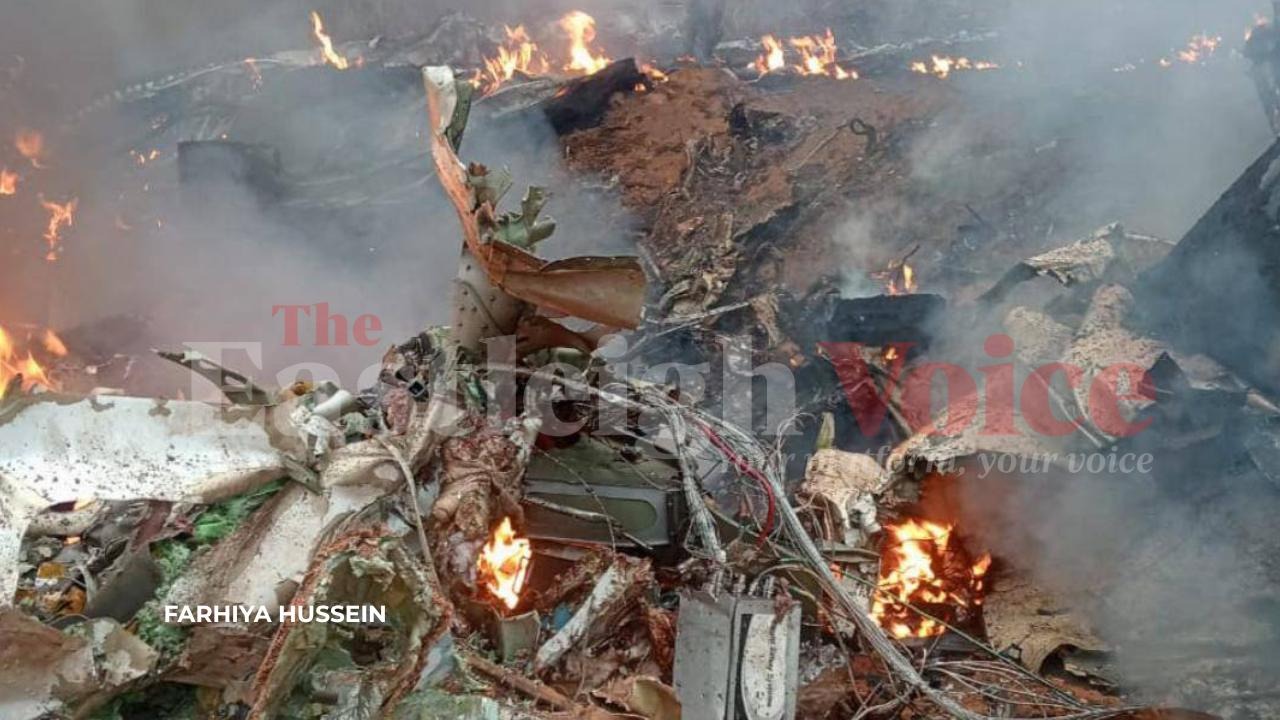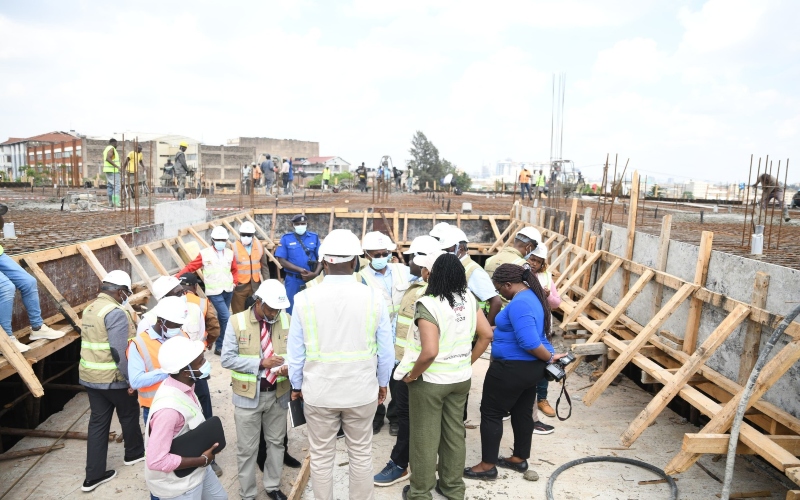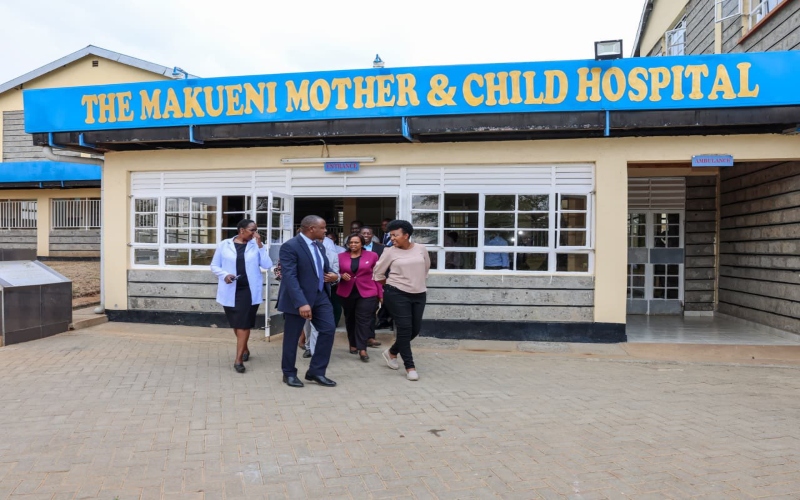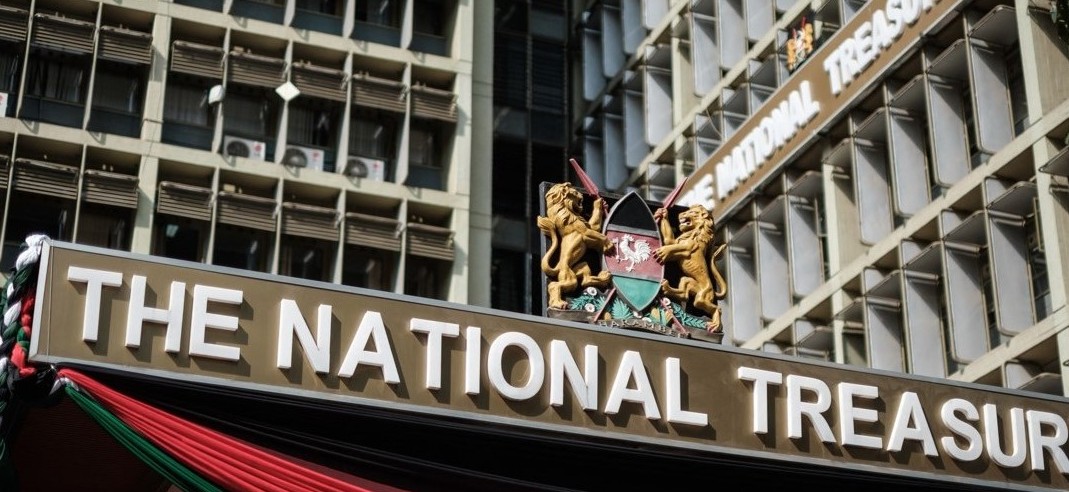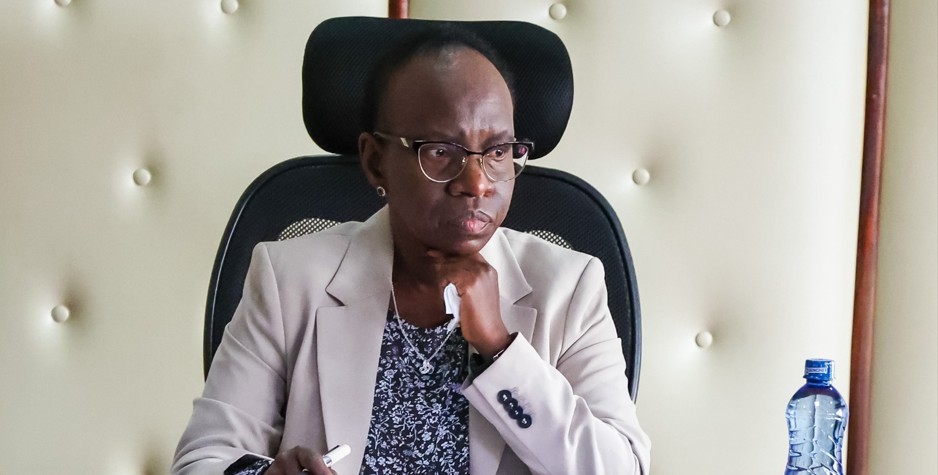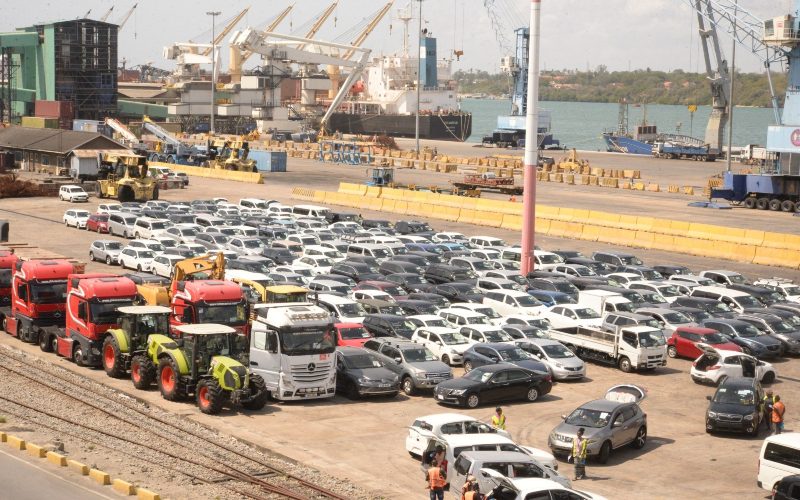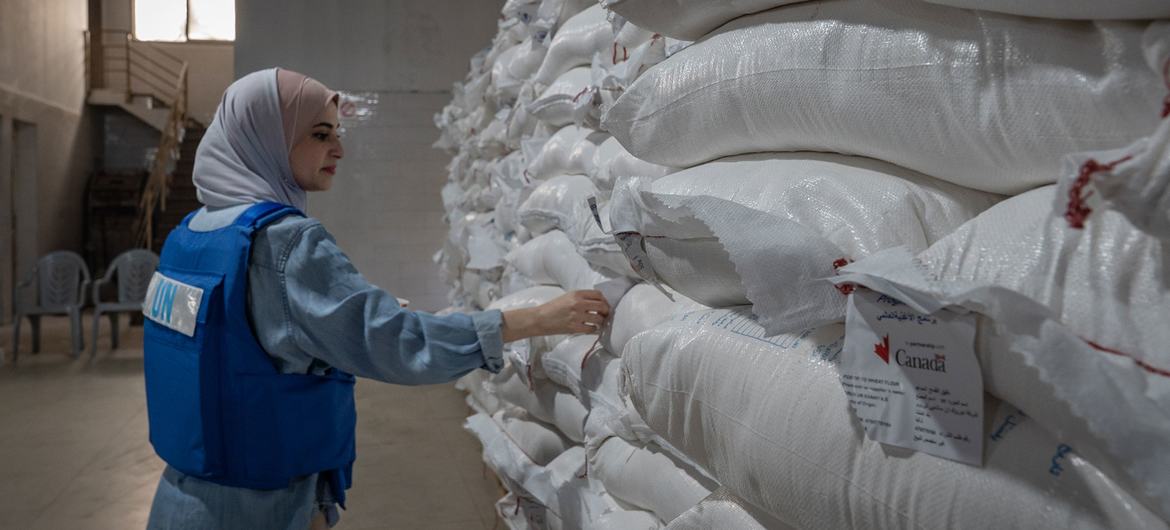17 bodies recovered after landslide at mining site in North Kivu, DRC
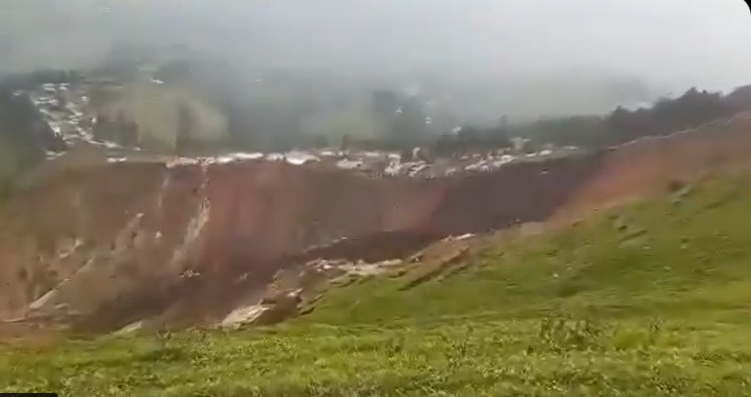
Justin Ndayishimiye, a local Member of Parliament and former coordinator of artisanal mining in Rubaya, attributed the tragedy to the unregulated and chaotic mining practices prevalent in the region.
At least 17 bodies have been recovered from the shafts of the Bibatama mining site in Masisi territory, North Kivu, in the eastern Democratic Republic of the Congo (DRC) following a landslide that occurred while dozens of artisanal miners were working several metres underground.
The tragic incident took place on Thursday, June 19, according to local media reports. It is feared that the death toll could rise, as many of the recovered bodies were those closest to the surface.
More To Read
- M23 rebels deny looting gold allegedly linked to President Tshisekedi's family at Twangiza
- 50 African grey parrots freed in DRC after year of rehabilitation
- DRC conflict: ADF rebels kill 19 civilians in North Kivu village attack
- Congo: Are M23 rebels really advancing toward Kinshasa?
- Conflicts in DRC and Sudan threaten COMESA integration, warns Secretary-General Chileshe Kapwepwe
- Tshisekedi, Kagame trade barbs at Brussels Gateway Forum over DRC conflict
“According to local sources, only the bodies nearest to the surface could be retrieved. Many more victims may still be buried,” Radio Okapi reported.
Justin Ndayishimiye, a local Member of Parliament and former coordinator of artisanal mining in Rubaya, attributed the tragedy to the unregulated and chaotic mining practices prevalent in the region.
“They only managed to retrieve 17 bodies. There are hundreds more believed to be buried. This operation lacks any form of regulation. The shafts are poorly maintained, there are no supports, it's organised looting,” he was quoted as saying by the local radio station.
He called for the immediate closure of the Rubaya mining site, currently reported to be under M23 control, until proper order and oversight are restored.
Human rights defenders have echoed this call and demanded compensation for the victims' families. They also criticised the absence of safety mechanisms in a mining sector widely seen as being beyond effective control.
Studies show that landslides are frequent in eastern DRC, largely driven by human activity such as agriculture and artisanal mining. The risk is exacerbated when increasing populations settle in areas previously covered by forest.
Researchers from KU Leuven, the Royal Museum for Central Africa (RMCA), and the Université Libre de Bruxelles (ULB) have been studying the relationship between human activity, the environment, and landslides in the Kivu Rift region—focusing on the densely populated areas of Burundi, Rwanda, and eastern DRC, which are highly susceptible to landslides, especially during heavy rainfall.
“With our reconstruction, we were able to show that deforestation is often linked to smallholder agriculture in the region, but also indirectly to mining activities in mineral-rich soils. Deforestation has significantly increased landslide occurrences. Scientific literature suggests that the impact of such drastic changes in forest cover is far more consequential than that of climate change,” said Arthur Depicker, a geographer at KU Leuven.
He added that landslides pose the greatest risk to society when they occur in densely populated regions.
“We expect the highest number of fatalities where people are forced to inhabit steep, mountainous areas, whether to grow food or as a result of conflict or economic activities such as artisanal mining. These terrains are most prone to landslides, particularly where deforestation has taken place,” he explained.
The research also revealed that landslide risks are dynamic and change over time.
“The historical legacy of deforestation and societal shifts continues to shape the landslide disaster risks faced by communities today,” Depicker added.
Top Stories Today
